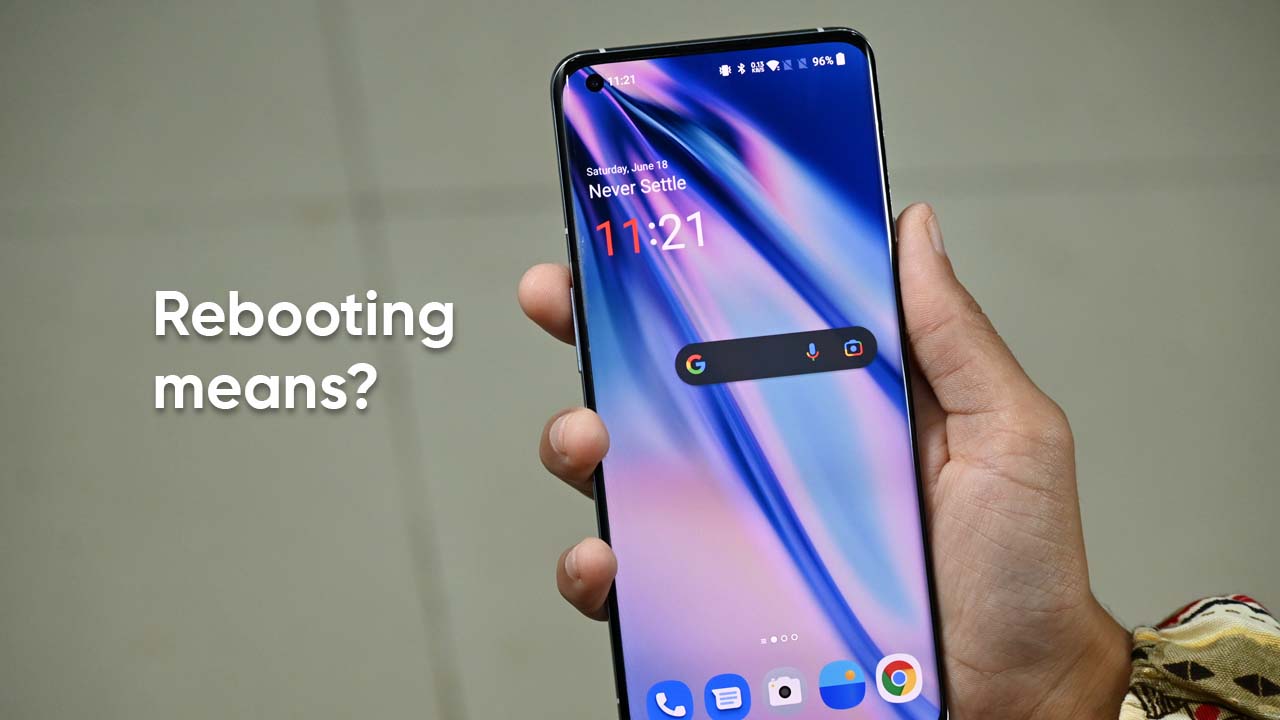Rebooting an Android phone refers to switching off the device and turning it on again. This process mainly requires a computerized system and is helpful at times when your handset is freezing, lagging, and buffering a lot after a new update installation.
Note that there is a difference between Reboot and Reset. The former means to restart your handset without losing your data. Meanwhile, the latter indicates a complete deletion of all the data and brings the device to its original condition.
In simple words, Reboot helps in clearing temporary glitches, and issues that often result in malfunctioning of the device.
How does rebooting work on an Android phone?
- Long press the power button of your smartphone
- Click on the restart option
The third process is the Master Reset which contains two options. The first one is to factory reset your device via Settings > Backup & Reset > Factory Reset Data > Hit the Yes/Allow/Accept button
Another option is to switch off your device. Now hold down the power and volume down buttons together which will lead you to the Android bootloader menu. Here, you can pick the Recovery Mode and follow the on-screen prompts to conduct the process.
Follow our socials → Twitter/X, Telegram, WhatsApp, Facebook







